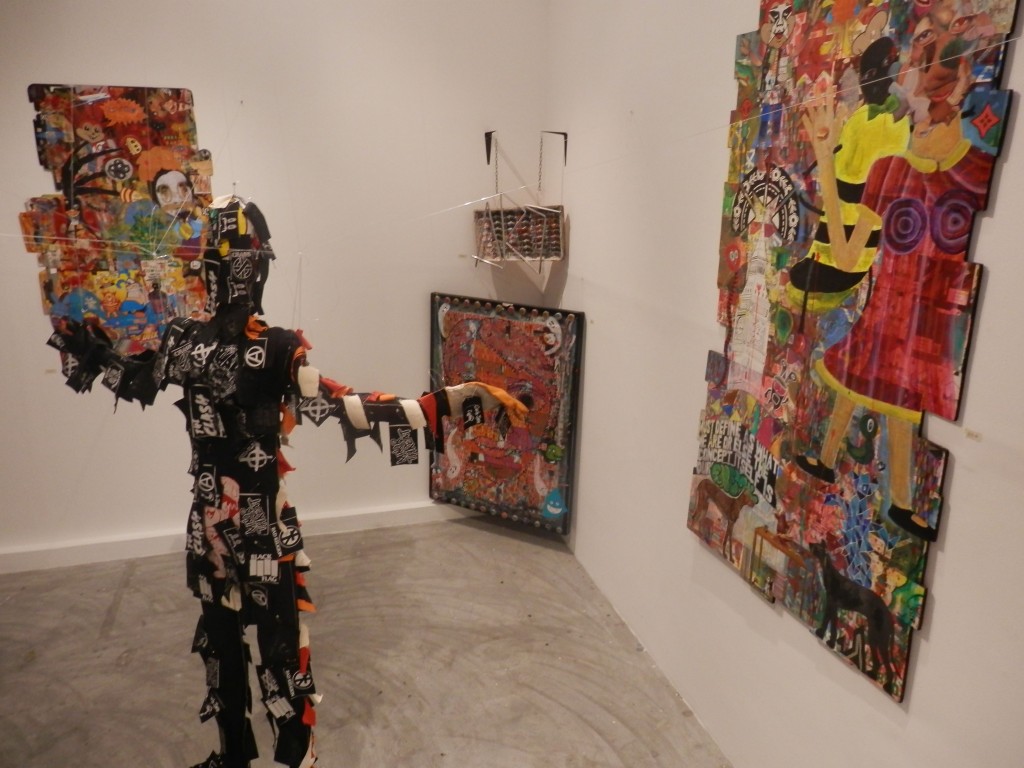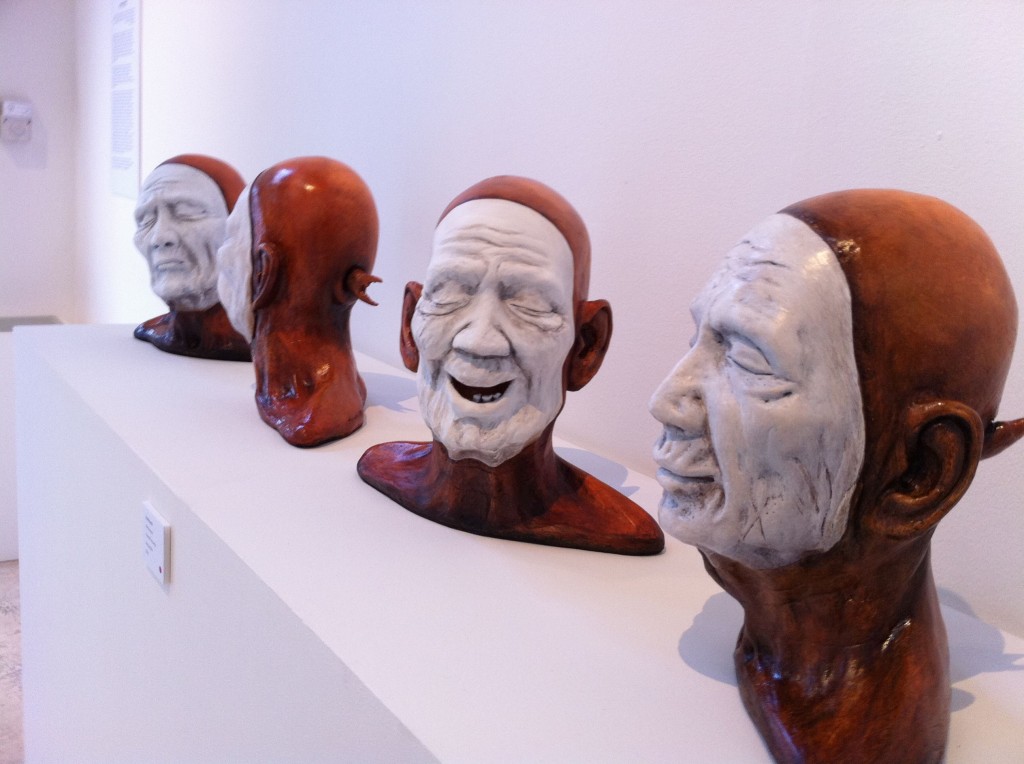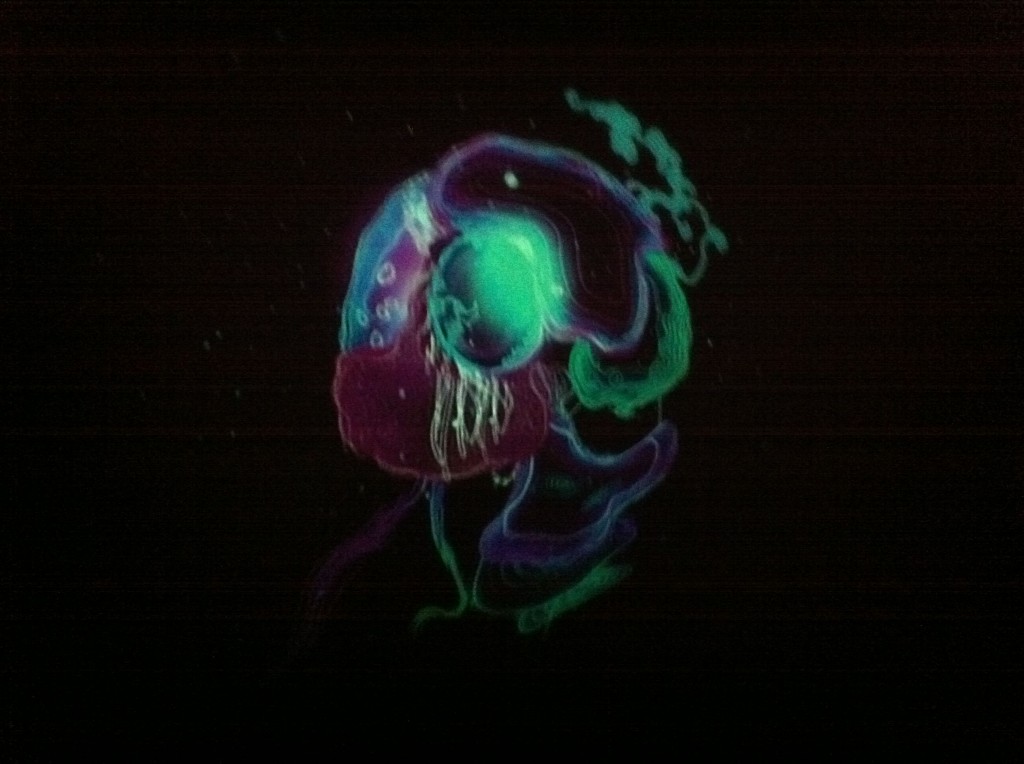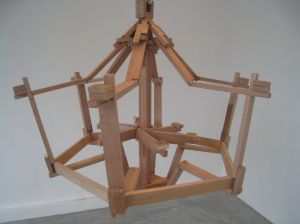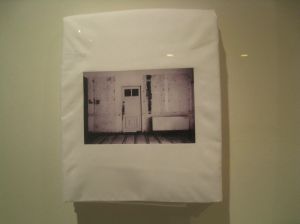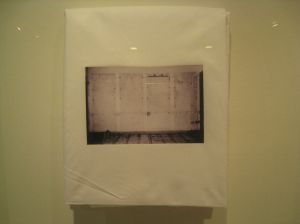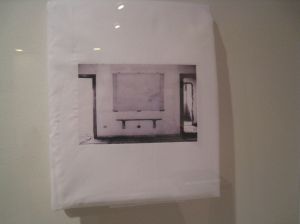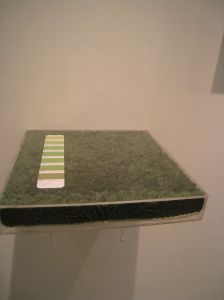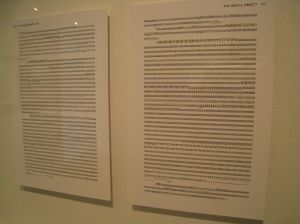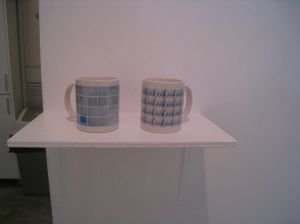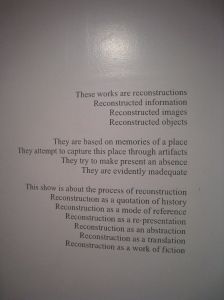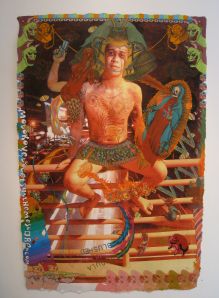You can’t separate his alter ego, A.lien, from Neil Arvin Javier. Even when he works within the confines of a gallery, he remains true to his street art roots. I admit a soft spot for his collages, these rowdy, quite anarchical, acclamations of the urban Pinoy. Continue reading
Tag Archives: pablo fort
All Around Town: DAGC Gallery, Pablo Fort, Manila Contemporary, Blanc Peninsula, and Pinto Art Gallery
I’ve been stranded in the seven kingdoms of Westeros these past few weeks, ensnared by the five mammoth volumes of The Game of Thrones. I thought it high time to come back to reality, to catch up on Manila’s art scene—my original form of escape. I wanted to see some exhibits that were due to close, and to make sure I made it to some of this weekend’s more promising openings.
My two-day art binge took me from the heart of Taguig’s Global City, to the streets of Makati and yonder, all the way up to the hills of Antipolo. Continue reading
Amniotic by Ivan Despi + Pauline Vicencio-Despi
When Ivan Despi and Pauline Vicencio-Despi bring it on, you can expect a visual and auditory feast. The duo behind the video Babel, which debuted at Manilart 11 and was reprised for Art In The Park 2012, recently married and now expect their first child. They turn the wonder and awe at the life they bring forth into Amniotic, a video and sound art exhibit currently running at Pablo Fort. Continue reading
Pow Martinez Destroys Planets
Pow Martinez liberally throws around the word astig. He uses it nonchalantly, with a casual shrug.
George Condo, the American artist who paints caricature-like figures with pursed lips, bulging eyes, and scrunched up heads? He’s astig. Philip Guston and his cartoonish renderings? Yup, him too. Ditto the Scottish animator David Shrigley, and provocateur Dash Snow, he of the hedonistic lifestyle who died of an overdose two years ago. On the local front, the word is reserved for the likes of Manuel Ocampo and Jayson Oliveria, purveyors of chaotic and sexually explicit images. Continue reading
Reconstructions from Bea Camacho
Predictably, Bea Camacho mounts a spare, austere show at Pablo. With Standard Fiction, as she has done before, she trims off the fat and fluff, leaving the viewer with work that’s picked clean, sans whimsy, but full of content and meaning. Bea’s work frequently culls from her family’s story, but told bereft of sentiment and emotion. She reduces life-changing events to clinical, antiseptic, measurable units—blocks on a graph, or indentations on paper. Here she attempts to recapture 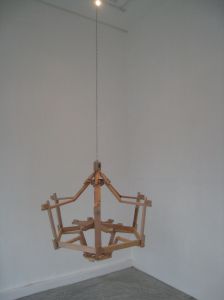 memories and impressions of their family home as it undergoes demolition and renovation. Bea presents us with the idea that once an object is destructed, attempts to reassemble it will result in another object, not what it originally was. Reconstruction does not give us back what we lost, but rather something else altogether.
memories and impressions of their family home as it undergoes demolition and renovation. Bea presents us with the idea that once an object is destructed, attempts to reassemble it will result in another object, not what it originally was. Reconstruction does not give us back what we lost, but rather something else altogether.
As we enter Pablo, we are confronted with a clumsy, wooden chandelier hanging in the middle of the space. This is the first of Bea’s reconstructions, an attempt to bring back some form of the light fixture that used to grace their home. By choosing to remember it in another material, she leaves us with its crude facsimile.
In the gallery’s loft, she fills the walls with more reconstructions. Bea
transfers four photographs of empty rooms onto crisp, white bedsheets. The sheets have been folded and encased beneath glass. The photos show four rooms stripped bare, even the fixtures that once had been nailed to its walls have been torn down. The photos capture their outlines, mere traces of the originals.
Bea underscores the impossibility of exact reconstructions in her attempt to reproduce a carpet that lingers in her memory. She encases a forest green swatch along with a strip from a photocopied Pantone guide. Because a cheap photocopy from a sidewalk copier fails to translate the color faithfully, the carpet cannot be cloned. None of the presented shades of green capture its color.
Next to this, Bea hangs two framed works, each holding two typed up sheets of paper formatted like pages from a book. . These show Bea’s attempts to reconstruct pages 126-127 and 128-129 of Jean-Paul Sartre’s novel, The Imaginary based, I surmise, on some mnemonic code. This yields, inevitably, to gibberish.
It can be argued that in today’s high-tech world of instants, Bea’s premises fall flat, especially when used for inanimate objects. What she actually examines is the concept of reconstruction as transformation. The two white ceramic mugs, perched almost unnoticed on the gallery’s narrow wall, show this best. The mugs each sport a pattern taken from bathroom and swimming pool tiles from the family home. Bea produced the mugs in the same material as the tiles (ceramic), mimicking, to a certain degree, their original function (as receptacles of water). However, they have been resurrected—totally transformed— into completely different objects. Memory and imagination have interfered with the process of re-creation. Fact has been reconstructed into fiction.
Standard Fiction runs from 28 August to 9 October 2010 at Pablo Fort, Unit C-11 South of Market Condominium, Fort Bonifacio Global City, (632)506-0602 or visit http://www.pablogalleries.com
Dex Fernandez and His Incredible Low Brows
For those willing to brave the winter winds and record temperature drops of New York in January, Robert Williams‘ exhibit of paintings and sculpture, Conceptual Realism, runs until the third week of the month. For the rest of us, the James Kalm Report of artist Loren Munk provides a great taste of this show on YouTube. Next month, Williams, founder of Juxtapoz magazine, will exhibit more of his work at the Whitney Biennial. Continue reading

